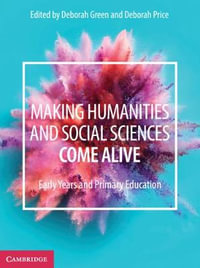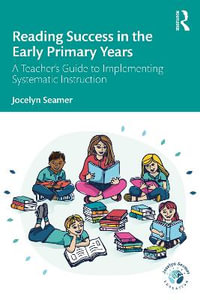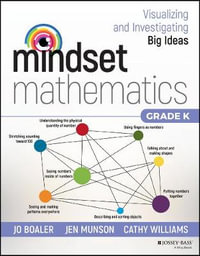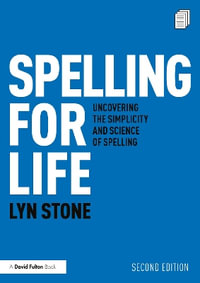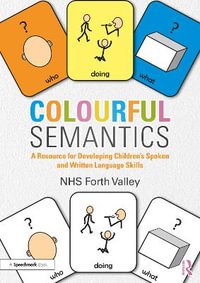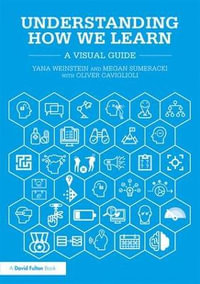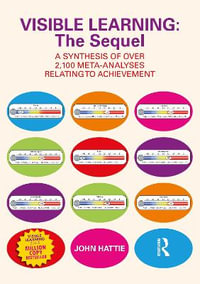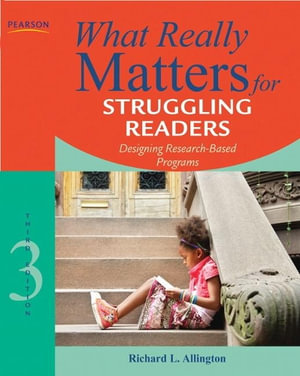
What Really Matters for Struggling Readers
Designing Research-Based Programs
Paperback | 20 January 2011 | Edition Number 3
At a Glance
Paperback
$161.75
Aims to ship in 15 to 25 business days
When will this arrive by?
Enter delivery postcode to estimate
About The Author
Richard L. Allington is a past president of the International Reading Association and of the National Reading Conference. He has written more than 100 published papers and reports on reading difficulties, and is the author or coauthor of What Really Matters in Response to Intervention,What Really Matters in Fluency, Classrooms That Work, and Schools That Work. Dick is a former classroom teacher, reading specialist, and federal programs director who has studied and written about reading intervention including his influential article in the Journal of Adolescent & Adult Literacy, "If They Don't Read Much, How They Ever Gonna Get Good?".
Industry Reviews
A strength of using Allington's book is reading friendliness. As I read his book, I felt like I was having a conversation with him.
- Dr. Stacey Leftwich, Rowan University, Department of Reading, Glassboro, NJ
This book beautifully frames the beliefs that guide practice in working with struggling readers and overall all readers.
This is an accessible, readable, and engaging affirmation for practicing teachers, reminding them of their importance in literacy programs and offering ideas for their continued growth and ever-developing repertoire of effective strategies and approaches.
I commend Allington for this faith in teachers as decision-makers.
- Denise H. Stuart, Ph.D., The University of Akron, Curricular and Instructional Studies, Akron OH
Dear Dr. Allington,
I have just finished reading your book What Really Matters for Struggling Readers: Designing Research-Based Programs. I have been quoting you for the past couple of weeks during which I have been reading your book. It is such a helpful book! Here are my favourite parts:
1. The general guideline (I believe it was from NY) that children read and respond to 25+ books per year.
2. The advice to calculate the percentage of reading accuracy.
3. The suggestion of having 500 - 1500 books in a classroom roughly half and half fiction and non-fiction. Half at reading level and half below. I am busy counting my books. What wonderful guidelines!! While I often read about general targets, there is something about these numbers that is giving me a specific initial target (very motivating!)
- Ingrid Veilleux, Adjunct Teaching Professor, University of British Columbia; Learning Assistance Teacher, Brighouse Elementary, Richmond, BC
ISBN: 9780137057009
ISBN-10: 0137057008
Series: What Really Matters
Published: 20th January 2011
Format: Paperback
Language: English
Number of Pages: 264
Audience: College, Tertiary and University
Publisher: Pearson Education (US)
Country of Publication: US
Edition Number: 3
Edition Type: Revised
Dimensions (cm): 23.5 x 19.68 x 1.91
Weight (kg): 0.42
Shipping
| Standard Shipping | Express Shipping | |
|---|---|---|
| Metro postcodes: | $9.99 | $14.95 |
| Regional postcodes: | $9.99 | $14.95 |
| Rural postcodes: | $9.99 | $14.95 |
How to return your order
At Booktopia, we offer hassle-free returns in accordance with our returns policy. If you wish to return an item, please get in touch with Booktopia Customer Care.
Additional postage charges may be applicable.
Defective items
If there is a problem with any of the items received for your order then the Booktopia Customer Care team is ready to assist you.
For more info please visit our Help Centre.
You Can Find This Book In
This product is categorised by
- Non-FictionEducationEducational Strategies & PolicyLiteracy Strategies
- Non-FictionEducationTeaching of a Specific Subject
- Non-FictionEducationSchools & Pre-SchoolsPrimary Schools
- Non-FictionAccounting & FinanceFinanceInvestment & Securities
- Non-FictionEducationHigher & Further EducationTeacher Training
- Non-FictionLanguage & LinguisticsLanguage Learning & TeachingSpecific Skills of Learning LanguageReading Skills


